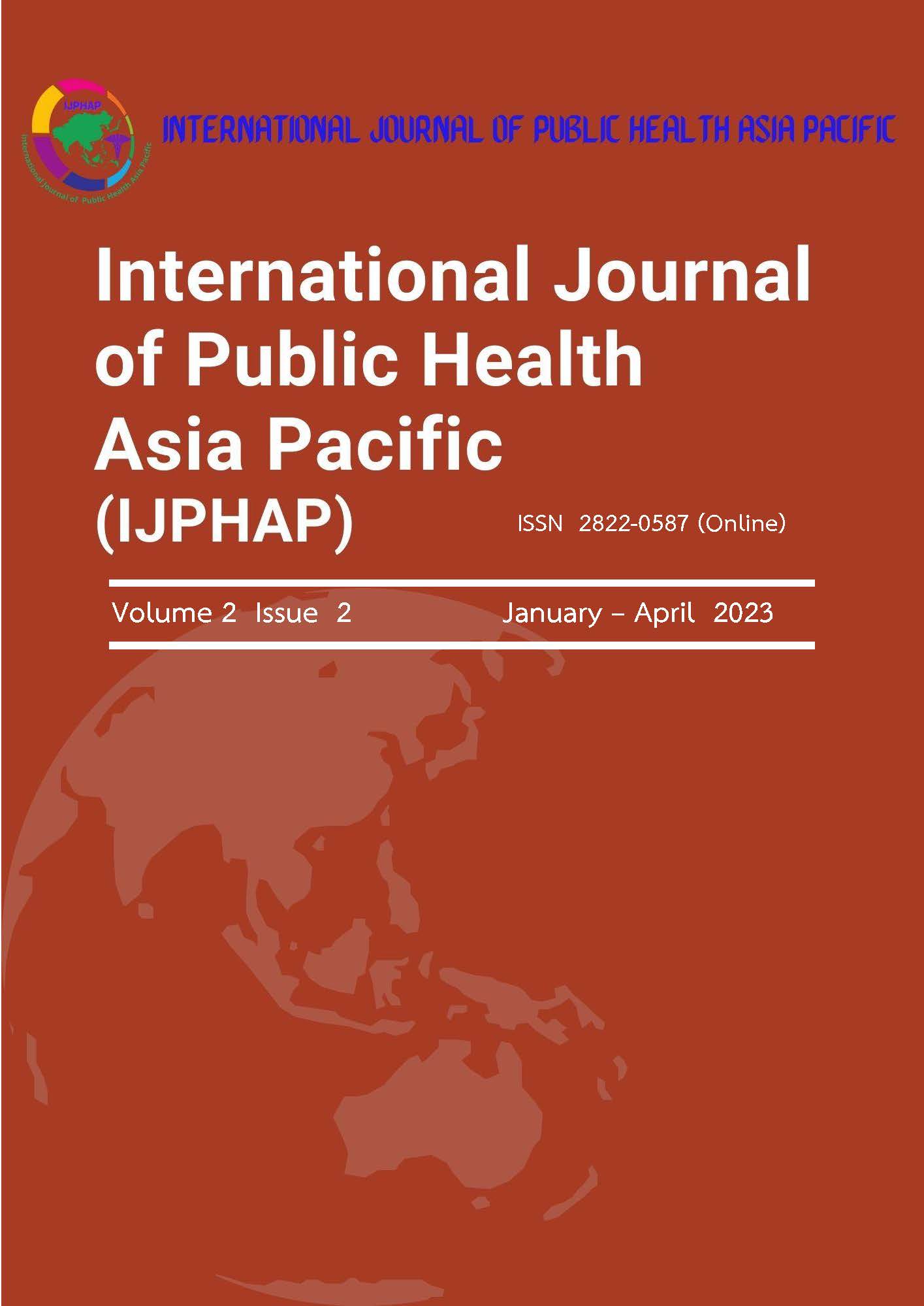Hyperemesis Gravidarum: fetal and maternal complications in a Tertiary Hospital in Nepal
DOI:
https://doi.org/10.62992/ijphap.v2i2.35Keywords:
Complications, Hyperemesis GravidarumAbstract
Background: Hyperemesis gravidarum (HG) is a syndrome that occurs in the first half of pregnancy and is manifested by severe vomiting. The vomiting can cause weight loss, dehydration, ketonuria and electrolyte imbalances. Several studies have evaluated the outcome of pregnancies 'complicated' by nausea and vomiting. The purpose of the present study was to evaluate the association between the clinical course, obstetric complications and birth outcome in pregnant women with HG, and to determine the epidemiological characteristics of these women.
Objective: To evaluate maternal characteristics and pregnancy outcomes among women with hyperemesis gravidarum.
Method: A total of 75(case)i.e. pregnancy with hyperemesis and 75(control) i.e. women with normal pregnancy without hyperemesis were studied. A case control study was conducted in Dhulikhel hospital in Nepal. It was a hospital-based study and the data were collected during 10th August 2022 to 1st May 2023. The pre-structured questionnaire was used for history taking and examination of all participants.
Result: This study identified that maternal and fetal complications were higher in women with hyperemesis gravidarum. The maternal complications like Hypertensive Disorders (OR 2.49, 95%CI :1.04-5.94, P=0.031), Anemia (OR 2.07, 95%CI:1.07-4.02, P=0.031), Preterm Labor (OR 2.28, 95%CI:1.15-4.52, P=0.018), PPH (OR 2.65, 95%CI:1.07-6.54, P=0.036) and P-v leaking (OR 0.89, 95%CI: 0.36-2.25) were associated more with the pregnancies complicated with hyperemesis gravidarum. The fetal complications like low birth weight (OR 2.42, 95%CI :1.07-5.43, P=0.03), NICU admission (OR 3.27, 95%CI:1.48-7.25, P=0.003), low APGAR score (OR 2.32, 95%CI:1.05-5.11, P=0.034) and Neonatal Death (OR 3.72, 95%CI:1.15-12.01, P=0.04) were associated more with pregnancies complicated with hyperemesis gravidarum.
Conclusion: The women with hyperemesis gravidarum were found to have increased risk of maternal and fetal complications. Thus, timely identification and management of hyperemesis is recommended to prevent long term complications.
References
Fairweather DVI. Nausea and vomiting in pregnancy. Am J Obstet Gynecol 1968: 102:135 175.
Chin RKH, Lo TT. Low birth weight and hyperemesis gravidarum. Eur J Obstet Gynecol Reprod Biol 1988: 28:179 183.
Klebanoff MA, Koslowe PA, Kaslow R, Rhoads GG. Epidemiology of vomiting in early pregnancy. Obstet Gynecol 1985; 66: 612 616.
Castillo MJ, Phillippi JC (2015) Hyperemesis Gravidarum. J Perinat Neonatal Nurs 29: 12-22.
Lee N, Saha S (2011) Nausea and vomiting of pregnancy. Gastroenterol Clin North Am 40: 1-27.
Laitinen L, Polo-Kantola P. Hyperemesis gravidarum. (in Finnish.). Duodecim. 2019; 135: 1385- 1392.
Katz VL, Farmer R, York J, Wilson JD. Mycobacterium chelonae sepsis associated with long-term use of an intravenous catheter for treatment of hyperemesis gravidarum. A case report. J Reprod Med. 2000;45:581–584.
Veenendaal MV, van Abeelen AF, Painter RC, et al. Consequences of hyperemesis gravidarum for offspring: a systematic review and meta-analysis. BJOG. 2011;118:1302–1313.
Fiaschi, L., Nelson-Piercy, C., Gibson, J., Szatkowski, L. & Tata, L. J. Adverse maternal and birth outcomes in women admitted to hospital for hyperemesis gravidarum: a population-based cohort study. Paediatr. Perinat. Epidemiol. 32, 40–51
Dodds L, Fell DB, Joseph KS, Allen VM, Butler B: Outcomes of pregnancies complicated by hyperemesis gravidarum. Obstet Gynecol. 2006, 107: 285-292.
Downloads
Published
License
Copyright (c) 2023 International Journal of Public Health Asia Pacific

This work is licensed under a Creative Commons Attribution-NonCommercial-NoDerivatives 4.0 International License.
International Journal of Public Health Asia Pacific (IJPHAP) is licensed under a Creative Commons Attribution-Non-Commercial-No Derivatives 4.0 international (CC BY-NC-ND 4.0) license, unless otherwise stated. Please read our Policies page for more information on Open Access, copyright, and permissions.







